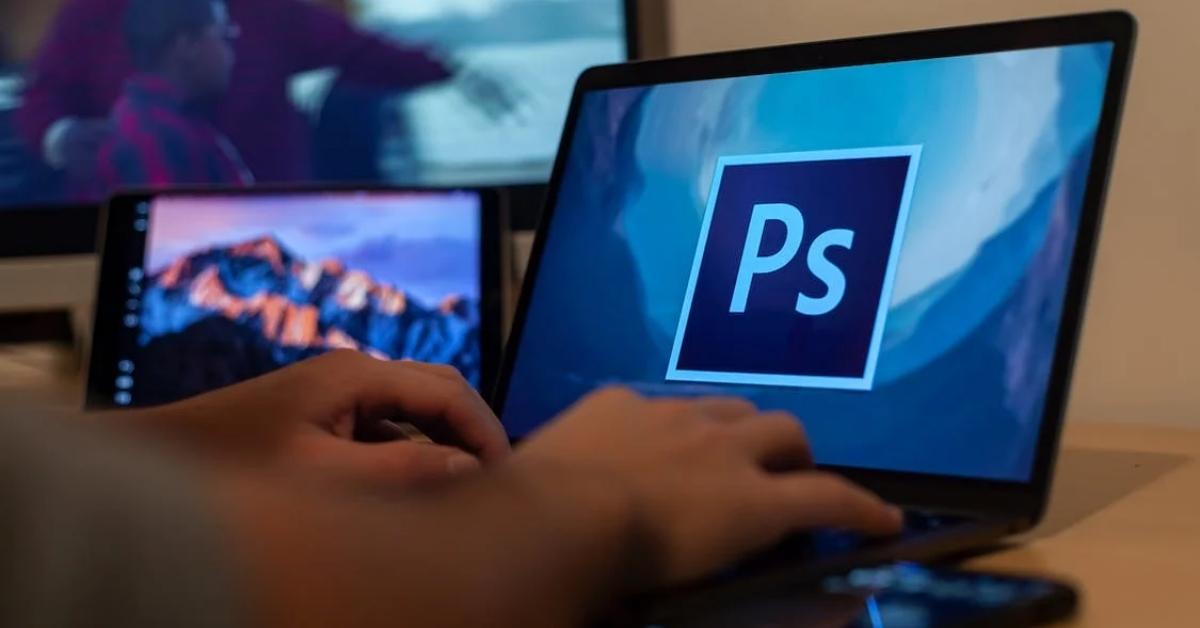In today’s digital age, image editing has become an integral part of our lives. Whether you’re an amateur photographer, a professional graphic designer, or simply looking to enhance your social media posts, having a reliable image editing tool can make a world of difference. But with an abundance of software and apps available, it can be overwhelming to choose the most powerful one. In this article, we will explore what makes an image editing tool powerful and introduce you to some of the top options available in the market.
What Makes an Image Editing Tool Powerful?
Before diving into the specific image editing tools, it’s essential to understand the key attributes that make an image editing tool truly powerful. These qualities help users create stunning visuals and optimize their workflow:
- Versatility: A powerful image editing tool should offer a wide range of editing features, from basic adjustments like cropping and resizing to advanced options such as layers and masks. This versatility ensures that you can tackle any editing task, no matter how simple or complex.
- User-Friendly Interface: An intuitive, user-friendly interface is vital, as it makes the editing process more accessible for both beginners and experts. Tools that provide a straightforward design and easy-to-navigate menus are more likely to be favored.
- Speed and Performance: Speed is crucial, especially when working with large image files. A powerful image editing tool should be able to handle complex edits swiftly, without freezing or slowing down your computer.
- Advanced Features: In addition to the basics, it should offer advanced features like advanced filters, retouching tools, and support for various file formats. These features give you the freedom to unleash your creativity.
- Community and Support: A strong community and reliable customer support are assets. Communities provide a platform for learning, sharing tips, and getting inspiration, while good customer support ensures you can resolve issues quickly.
The Top Contenders
Now that we know what to look for in a powerful image editing tool, let’s explore some of the best options available:
Adobe Photoshop
Adobe Photoshop is undoubtedly one of the most renowned image editing tools. It’s a professional-grade software offering a vast array of features, including layers, masks, and a variety of filters. While it’s considered the gold standard, it may be overwhelming for beginners and comes with a subscription fee.
GIMP (GNU Image Manipulation Program)
GIMP is a free, open-source alternative to Adobe Photoshop. It boasts an extensive list of features and a vibrant user community. It’s highly customizable, making it a suitable option for those who want a Photoshop-like experience without the cost.
Canva
Canva is a web-based platform designed for users who require a simpler yet powerful image editing tool. It’s popular for its user-friendly interface, extensive library of templates, and a free version that meets the needs of many users.
Lightroom
Adobe Lightroom is perfect for photographers looking to enhance and organize their photos efficiently. It focuses on photo editing and offers advanced tools for adjusting exposure, color balance, and more. It’s available through Adobe’s Creative Cloud.
Pixlr
Pixlr is an online image editor offering a variety of filters, overlays, and adjustments. It’s an excellent choice for quick, on-the-go edits. Pixlr offers both free and paid versions, ensuring flexibility for all users.
FAQs
1. Which image editing tool is best for beginners?
For beginners, Canva and GIMP are excellent choices. Canva offers a straightforward, web-based platform, while GIMP is a free, open-source software with a user-friendly interface.
2. Is Adobe Photoshop worth the cost?
Adobe Photoshop is worth the cost for professionals and those who require advanced features. However, for casual users, free alternatives like GIMP or online editors like Pixlr may be more cost-effective.
3. What is the best tool for editing photos on a mobile device?
For mobile photo editing, Adobe Lightroom and Pixlr offer robust features and are available as mobile apps, making them suitable choices for on-the-go editing.
4. Are there free alternatives to Adobe Photoshop?
Yes, GIMP is a powerful free alternative to Adobe Photoshop. While it may not have all the same features, it offers an impressive range of tools for image editing.
5. Can I use more than one image editing tool?
Yes, many professionals use a combination of tools to achieve specific results. For example, using Adobe Lightroom for photo enhancement and Adobe Photoshop for detailed retouching is a common practice.
Conclusion
The power of an image editing tool lies in its ability to cater to your specific needs and level of expertise. Whether you’re a seasoned professional or a budding artist, there is a powerful image editing tool out there for you. Consider your requirements, explore the options mentioned here, and find the tool that empowers your creative journey. Happy editing!
This page was last edited on 6 December 2023, at 9:05 am
